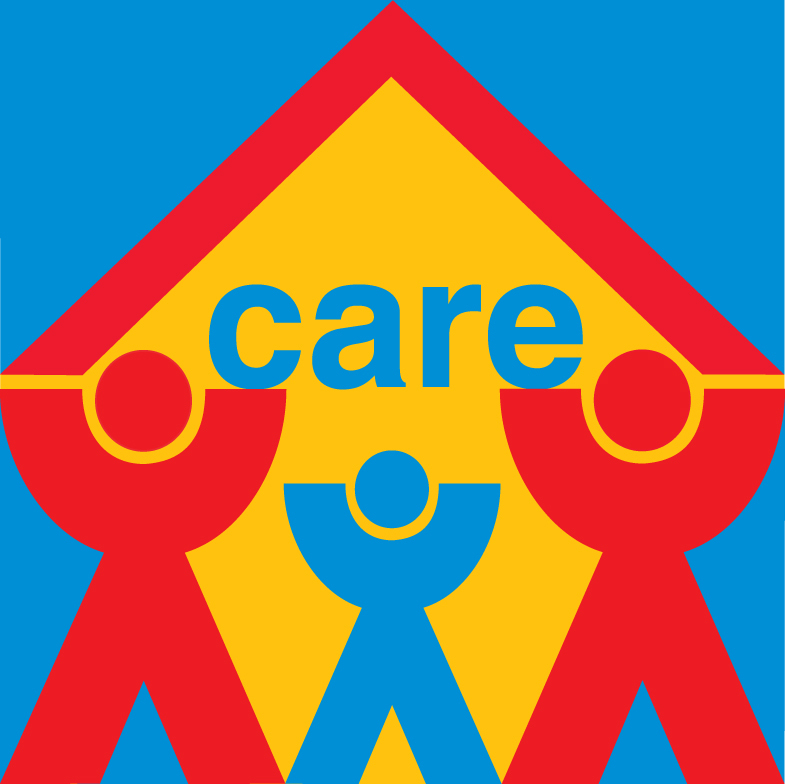 We are a year into training staff across the agency in CARE- Children And Residential Experience, developed by Cornell University. One of the goals of CARE is to develop congruency across our vast agency, so that everyone from direct care workers, to accountants, to senior leadership, is applying the same principles to their work in our organization and working together for a common goal of helping our clients.
We are a year into training staff across the agency in CARE- Children And Residential Experience, developed by Cornell University. One of the goals of CARE is to develop congruency across our vast agency, so that everyone from direct care workers, to accountants, to senior leadership, is applying the same principles to their work in our organization and working together for a common goal of helping our clients.
Even though we haven’t finished implementing CARE, we can start to see the impacts across the agency. We are checking in with employees, to see what the change has been like from their perspective.
Personal support worker Jalal Elmardi has witnessed first hand how CARE principles can improve the lives of our clients and staff.
Jalal has worked with the same client for four years, so their relationship began long before CARE training. But by bringing the CARE principles to the forefront, the communication between Jalal, his client, and his co-workers has improved by leaps and bounds.
“Not even a year ago, if a casual multiple placement worker (MPW) came into our unit we’d take him into the office and just give him the basic run down about the client. But now we’ve changed that. When an MPW comes in, the three of us – the client, myself, and the MPW – sit down together and I ask the client what he wants to share with the MPW.”
Jalal’s client shares important things about himself – his dislike for noise, the ownership he feels regarding his home, and the importance he places on privacy, for example. Structuring the pre-shift communication in this way allows the MPW to begin building relationships with the client in the same way Jalal has.
This example clearly illustrates the client-first model that Ranch Ehrlo has always used, but CARE takes things one step further in ensuring that each client’s individuality is considered. What works for Jalal’s client may not work for another.
The CARE model encourages staff to find ways to build relationships with each client, taking into account their developmental stages (and the potential gap between their developmental and chronological ages) their unique strengths, and the situations in their past that contribute to some of the issues they may face.
“The CARE model is a step toward establishing a common language for residential care,” Jalal explained.
Through CARE principles, children, youth, adults, families, and employees work together to achieve their full potential.


